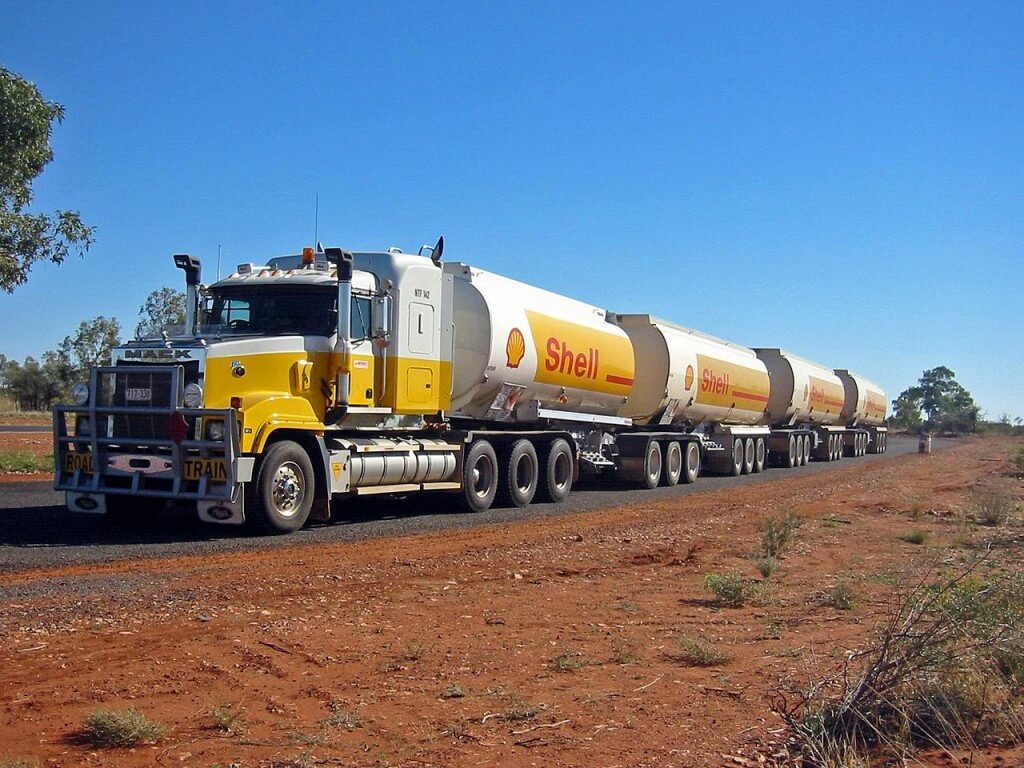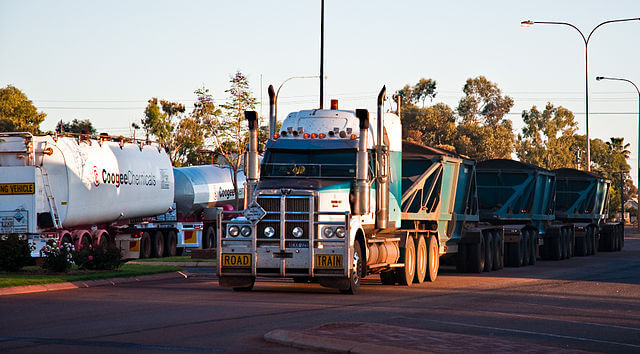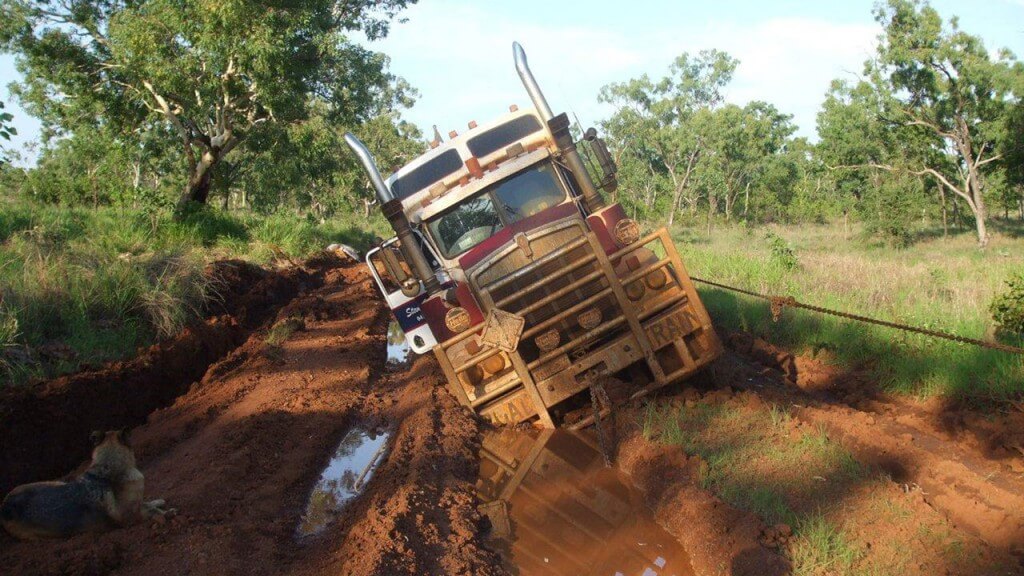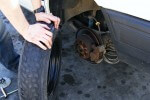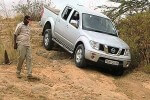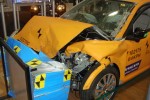Customized & Improvised · Development & Industry · The Best...
Road Trains In the Australian Outback
A road train or a land train as they are sometimes called is just that; a train that runs on land. They are popular in different parts of the world, but they carry the day in the Australian Outback. Anyone who has watched the series Outback Truckers will tell you that these vehicles are indeed a marvel. The huge, powerful, fast running behemoths are a lifeline back there as they bring supplies like building materials, meat, groceries, diesel, cattle, sheep and much more to and out of (but mostly to) some of the remotest places in Australia.
Why road trains are preferred for the outback
One wonders why they cannot build a railroad to connect Queensland and North Western Australia with the rest of the country. However, rail cannot penetrate to the small outback towns that are scattered far and wide as roads can. For these outback regions, the road trains save the day, bringing much needed commodities in areas where there are no regular roads.
A road train is big! Most people know the usual rigid or semi-truck that plies the local roads, but the road train can be triple that size. Some road trains are small, and some are big. If it is just pulling one trailer, that cannot be classified as a road train. If it has two or three trailers, that is, like the length of three semi trucks, then that is a road train. Usually, a road train starts at the length of 27 meters to 53 meters, give or take a little. These trailers are joined by use of converter dollies. This means there is most likely not one rigid trailer in the road train. Even the tonnage differs, but some have been known to haul up to 200 tonnes of cargo.
Road trains are prohibited in towns and cities
Road trains are not allowed into cities not only because of their sheer sizes, but because they would be a nightmare on the roads. It would be hard for them to negotiate intersections, roundabouts, corners and bends. Their size alone makes them precarious enough and therefore, even when precious cargo has to go through a sizeable town, a permit has to be sought from the local authorities and then the road train is granted police escort. In such cases, road trains are only allowed to go through town at night when there is less traffic.
Most of the roads into the Australian Outback are single tracks. They may have a spread of tar but far within the desert and wilderness, some are just dirt tracks. The lighter vehicles must give way to the road trains since one slip off the edge of the tracks could spell huge disaster. Unfortunately, many tourists do not seem to understand that. The stopping distance of a car is small, that of a road train is big.
The bullbars
One of the features that all road trains in Australia seem to have is the bull bars. The main reason for these is the animals, both wild and domesticated that are very common in the outback. Sometimes, it may not be easy for the driver to stop his rig if he notices a cow on the road. Hitting all of 700kg of beef at high speed would be detrimental, especially to the radiator. Thus, the bull bars take the shock and the hit.
Since the drive is going to be out there in the outback for days, sometimes weeks, he must carry with him enough water and food. Some drivers work alone, but others work in twos, mostly couples. This means that when one is resting, the other one is driving and so on.
Common hazards in the outback
There are many hazards in the Australian Outback, but the most fearsome of all is the weather. Drivers prefer hot weather because wet weather means they could be stuck in the wild for many days, and some have stayed stuck for months. Aussie drivers are very keen on the weather. But most of them have had more than a few nasty times on the road. Floods are also common and a few times, drivers have died from the infamous wildfires that are sadly started by arsonists.
Sometimes when crossing rivers, a driver may have to unhitch the trailers and take them across the river one by one. Then, sure as the sun rises in the east, there will be tyre changes and you can imagine that one tyre can weigh up to 50kg. This means backbreaking work, but someone has to do it because the aboriginal communities in the outback need supplies.
To drive these monster trucks, one needs to train and get a road train license. There are road train driver training schools that are Department of Transport-approved where one can get their license. Hurtling on a dirt road at 100km/h with a hundred tonnes of weight behind you sure requires some training.

